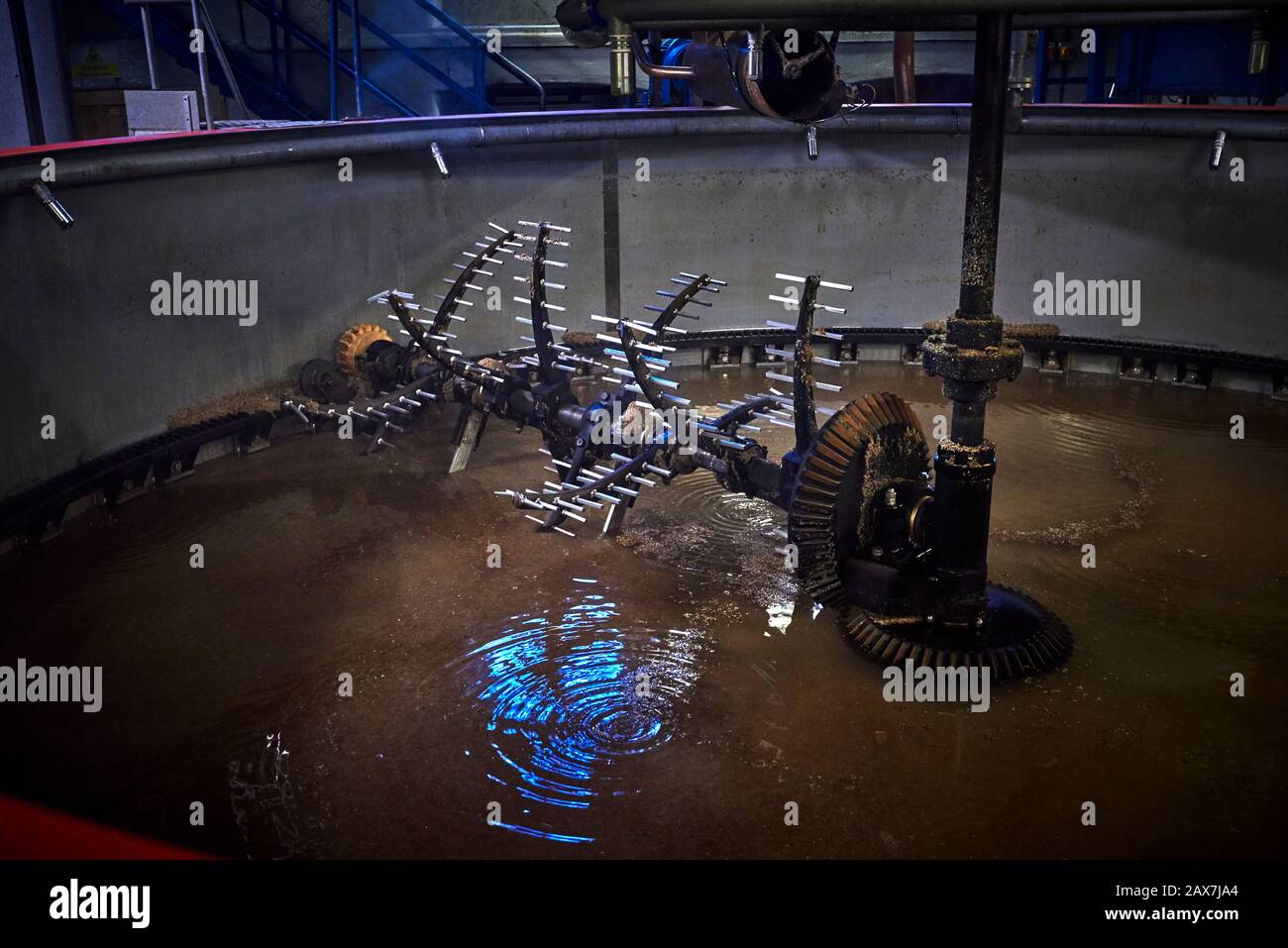Deanston distillery (DD)

Image details
Contributor:
Rik Hamilton / Alamy Stock PhotoImage ID:
2AX7JA4File size:
99.7 MB (4.1 MB Compressed download)Releases:
Model - no | Property - noDo I need a release?Dimensions:
7225 x 4822 px | 61.2 x 40.8 cm | 24.1 x 16.1 inches | 300dpiDate taken:
4 February 2020Location:
Deanston distillery a Single Malt Scotch whisky distillery located on the banks of the River TeithMore information:
Deanston distillery is a Single Malt Scotch whisky distillery located on the banks of the River Teith, eight miles from the historic town of Stirling, at the gateway to the dramatic Loch Lomond & Trossachs National Park. It is the largest distillery owned by Scotch whisky producer Distell Group Limited, who also own Bunnahabhain Distillery on the Isle of Islay and Tobermory distillery on the Isle of Mull. Deanston Distillery started life in 1785 as a cotton mill designed by Sir Richard Arkwright, and remained as such for 180 years until it was transformed into a distillery in 1966. The constant supply of pure water from the River Teith contributed to the decision to turn the mill into a distillery and Deanston is now the only distillery in Scotland to be self-sufficient in electricity, with power generated by an on-site hydro-energy facility. Deanston sits in the Highland single malt region of Scotland and produces whisky which is handmade by ten local craftsmen, un-chill filtered, natural colour and bottled at a strength of 46.3% ABV. Deanston first acquired its name in 1500, when Walter Drummond (the Dean of Dunblane) inherited the lands now known as Deanston from the Haldanes of Gleneagles. The Scots word ‘dean’ was coupled with the Scots Gaelic term ‘toun’, meaning farm/settlement, to make Deanston. Deanston was largely an agricultural area until John Buchanan and his brothers from Carston had the foresight to convert an existing flax mill into a water-powered carding and roving factory with the latest machinery. Designed by Arkwright, inventor of the water-powered spinning frame, the mill was opened in 1785 as the Adelphi Mill, after the Greek word adelphoi meaning ‘brothers’. The mill was powered by the River Teith and was one of the first half-dozen mills of this type to be built in Scotland.